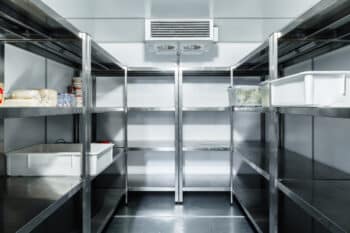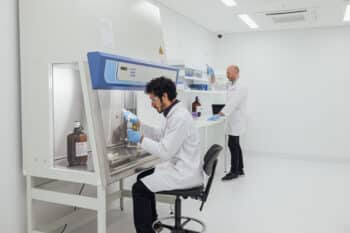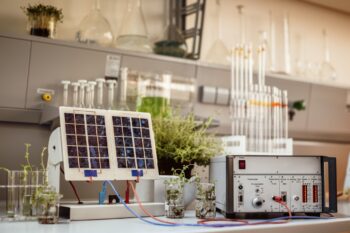[vc_row equal_height=”yes” content_placement=”middle”][vc_column][vc_column_text]Laboratories are typically home to a variety of health and safety risks, as they often deal with a variety of chemicals and equipment that have the potential to be harmful. Whether you are a lab manager or a researcher, health and safety in the lab is likely an important everyday concern in your workplace.
Although every lab has different risks, there are a variety of common problem areas when it comes to health and safety in every lab. We’ve put together this guide so you can be sure that you’ve identified all the common risks in your lab and created a strategy to protect your team.
Quick Navigation
- General
- Housekeeping
- Ergonomic
- Protective Clothing
- Chemical
- Segregation and Storage
- Protection and Handling
- Emergency
- Housekeeping Emergency
- Proper Equipment
- Emergency Procedure
General
When it comes to health and safety, every lab shares the common risks that come from the day- to-day working in the lab. From boxes left in front of fire doors to chemicals splashed on an unprotected hand, if proper safety procedures aren’t followed in the lab things can quickly go wrong. Careful housekeeping, proper training, and taking protective precautions are all great ways of minimising these risks in your lab.
Housekeeping
Good housekeeping is one of the simplest ways to minimise health and safety problem areas in your lab, but it is often the first thing to slip in a busy lab. Ensuring that all packaging and containers are disposed of or put away after use, keeping all exits and surfaces clear, and cleaning up any spills promptly, will all help to make a safer lab.
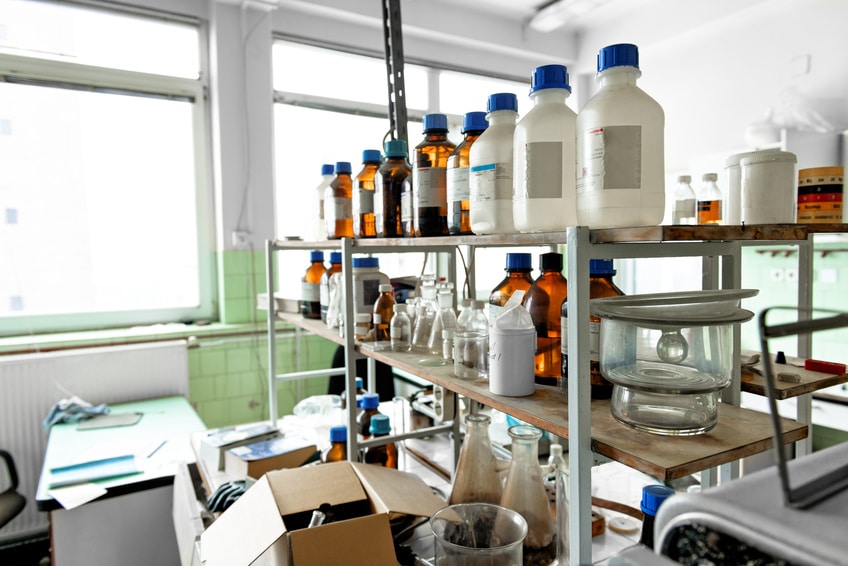
Ergonomic
Often overlooked in a lab where there seems to be more extreme risks, ergonomic problems are actually quite a common risk to lab workers. From sitting at a badly set up computer to bending over a low workbench, working with poor posture can lead to long-term health problems. Similarly, lifting, pushing, or pulling objects without help can lead to injury, as can using equipment repetitively without a break. It’s important to take these risks into consideration in your lab.
Protective Clothing
Protective clothing is essential when you’re working with dangerous substances in a lab and it is something that people are often trained to wear from school onwards. However, sometimes even the most experienced lab workers can cut corners, forgetting to put on protective eyewear or other clothing for a quick procedure. It is important that lab workers are regularly reminded of the importance of protective clothing, as negligence in this area can lead to serious, life-changing accidents.
Chemical
Labs are often home to a wide variety of harmful chemicals, from cleaning equipment to acids, corrosives, and compressed gases. Improper storage and handling of these gases is a huge risk, which can result in serious accidents.
Segregation and Storage
Proper segregation of chemicals is an important aspect of substance handling in every lab. Some substances can cause a reaction when they come into contact and improper storage can have disastrous results, such as an exploding lab. It is important to follow proper chemical segregation guidance and store your chemicals in appropriate cabinets.
Protection and Handling
When using chemicals, it’s important that staff are properly trained in the risks and how to minimise them. Protective clothing should be used at all times to prevent damage to the eyes or skin that can result from contact with some chemicals. Any spillages should always be cleaned up promptly and chemicals should be put away when not in use. This helps prevent chemicals that react together from accidentally coming into contact.
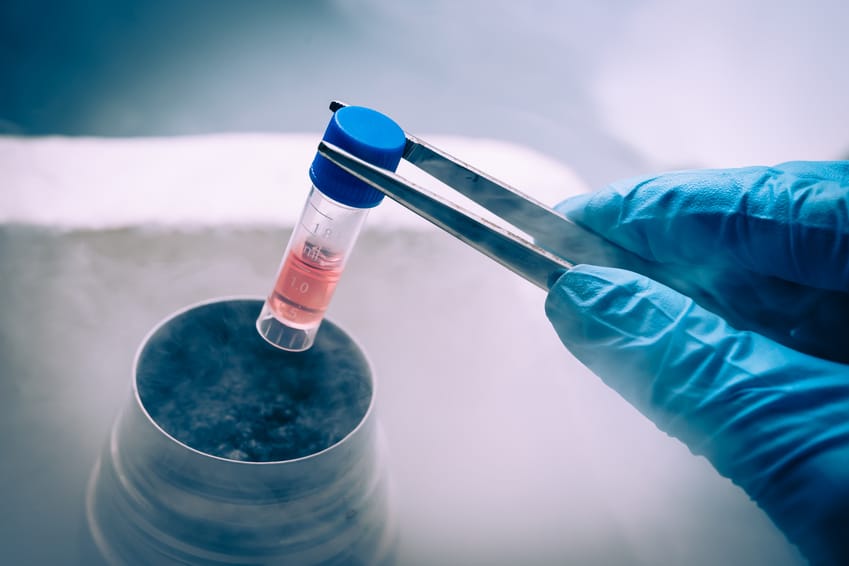
Emergency
Labs tend to be particularly at risk of emergency situations and having a proper plan for emergencies is a cornerstone of minimising health and safety risks in your lab. Good housekeeping is an important way of reducing the risk of fire and other emergencies. Working emergency equipment should also be easily accessible and staff should be trained to use it.
Housekeeping Emergency
Keeping the floor, benches and doorways clear of clutter is an important way of preventing fires from spreading if an emergency should occur. Doors and corridors should also be kept clear, so people can easily access all emergency escape routes. If the lab has a sprinkler system, you should note that nothing should be stored within a certain proximity of the ceiling in order for it to be effective.
Proper equipment
Appropriate emergency equipment should be kept in an easily accessible place and in good working order at all times. This should include things like fire blankets, fire extinguishers, eye baths, first aid kits, and other equipment to fight common emergency situations that happen in the lab. All staff should be trained in how to use this equipment to fight small fires and treat minor medical emergencies.
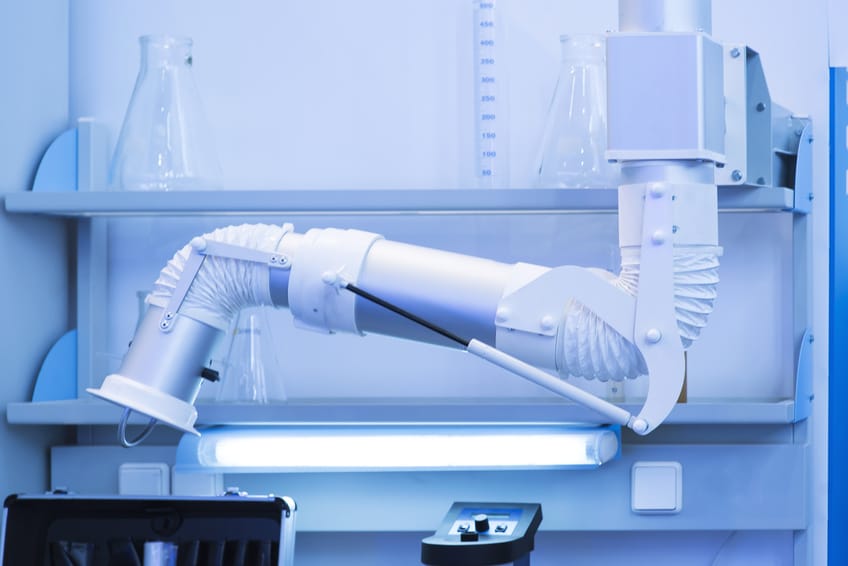
Emergency procedure
Developing a proper accident response plan is essential for the smooth running of a lab and to ensure that everyone in your team knows what to do in an emergency. Creating a plan and training all your staff on how to effectively implement it can help reduce the risk of incidents in the lab and ensure your team’s safety should an emergency occur.
If your lab needs redesigning to improve safety and practicality, the team at InterFocus may be able to help. For more information about our bespoke fitted labs, visit our homepage or call our team on 01223 894 833.

